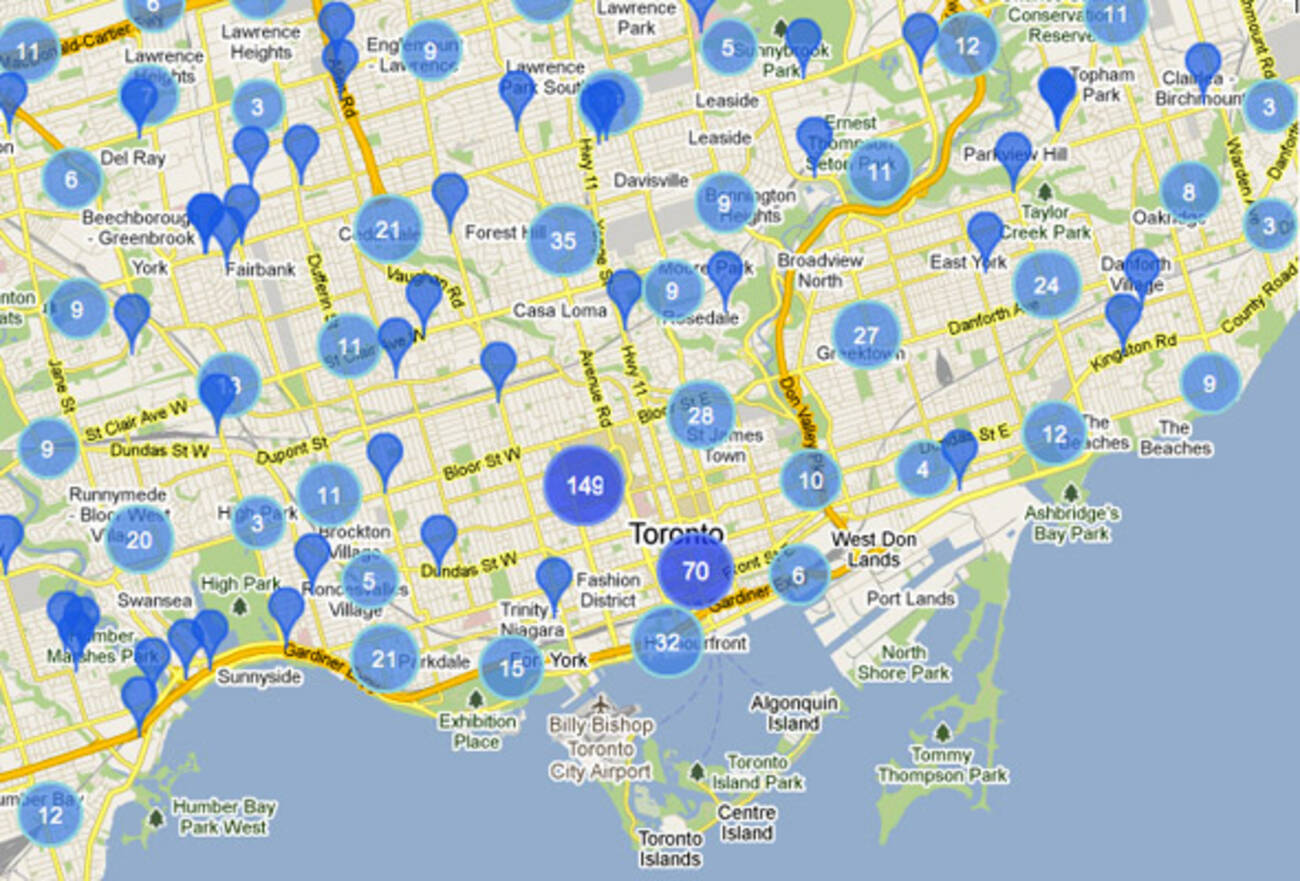Are usually safest distance coming from a 5G cell Tower?

If you've ever wandered through a town, you may have seen tiny cell towers for 5G placed on poles for street lighting. They look like little boxes however they're actually sending wireless signals from mobile providers to your mobile.
The smaller ones are being replaced by the larger built cell towers. While they're not as noticeable but they can still create problems for those who live nearby.
It is the Federal Communications Commission's Radiation Exposure Thresholds
The FCC's Radiation Exposure Thresholds determine the safe limit at which a person can be exposed to electromagnetic energy from wireless devices. The exposure limits are based upon scientific research that show that RF energy can be harmful to human health.
safe distance to live from cell phone tower (SAR) is an indication of the amount of radiofrequency energy that is taken up by tissues. It is typically 1.6 milliwatts per kilogram spread over a gram of tissue.
Since 5g is able to transmit at higher frequencies this could be able to cause greater energy intensity on the skin and other exposed body areas. This can lead to a wide range of potential harms, including exacerbated the development of skin conditions like dermatitis, cancer of the skin and cataracts.
Due to the possible negative effects of 5G radiation, PSU has chosen to create a general power density limit of 4 mW/cm2 measured on 1cm2, and never to exceed 30 minutes, for all 5G services running at 3000 GHz. This localized limit is in accordance with the highest spatial-average SAR of 1.6 W/kg, which is averaged over 1 g of tissue at 6 GHz.
The FCC's Maximum Exposure Thresholds

In the event that you've used cell phone, then you've probably realized that a safe distance from the tower is around 400 meters away. This is because the power of the transmission of cell towers increases drastically the farther you are from it.
While it sounds like a good idea however, those living close to towers might be more prone to health issues. For example, a study from 2014 in India found that residents living within 50 meters of cell towers had significant more health issues than those who lived farther distance from them.
But, the study revealed that those who relocated to areas that were further from the cell towers saw their symptoms return to normal within a couple of days. Other studies have revealed that exposure to high amounts of electromagnetic field radiofrequency (EMFs) can cause cancer, brain tumors and other health issues.
what is a safe distance from a cell tower is due to the fact that RF radiation, which is used in wireless communication, can penetrate the human body's outer layer, called the skin. This is important to understand because the skin serves as a barrier to protect against injuries caused by mechanical forces, infections caused by pathogenic microorganisms and the entry of harmful substances. safe distance from cell tower is the largest organ in the human body and is responsible for protecting other organs.
The FCC's Minimum Exposure Thresholds
The FCC's Minimum Exposure Thresholds are based on various assumptions that aren't supported by scientific evidence. These include the erroneous belief that short-term exposures RF radiation are safe because of the minimal penetration into the body (i.e., tissue heating).
This assumption does not take into account the deeper penetration of the ELF parts of the modulated RF signal and the effect on the body of short bursts generated by RF waves that are pulsed. These assumptions are not in line with the current understanding of biological consequences of RF radiation. As such, they should not be used for health protective exposure standards.
Furthermore, the ICNIRP and FCC are limiting the maximum limits of exposure to peak local SARs, based on the maximum spatial specific absorption rate (psSAR) which is an inadequate dosimetric tool for determining the level of exposure to radiofrequency radiation. Particularly it is inconclusive for frequencies above 6 GHz. Furthermore, psSAR has not been evaluated for RF radiation that is exposed to other environmental agents such as sunlight. The interactions of RF radiations with different environmental agents may result in antagonistic or synergistic effects. This would result in an increased risk of adverse health effects. For instance, exposure to RF radiation with sunlight may raise the chance of developing skin cancer and exacerbate other skin diseases such as acne.
